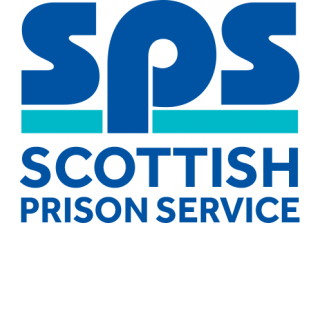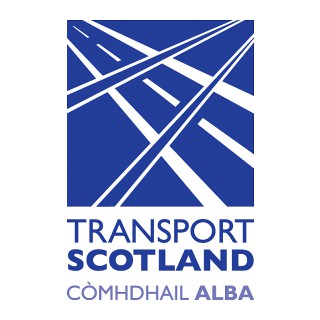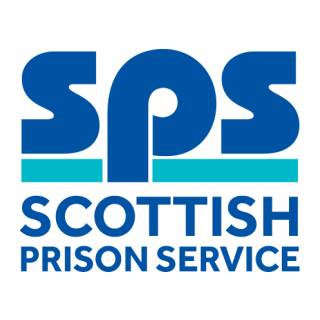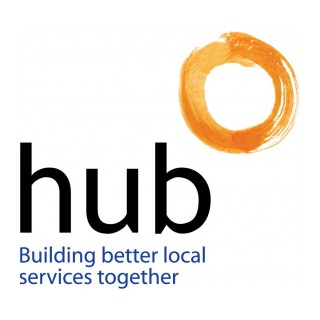This section deals with setting the standards to be used for the definition and delivery of the project, along with how the co-ordination and review processes will be managed.
Standards:
Establish the processes and procedures that are going to be adopted to manage information flow, delivery and security on the project. Definitions of the core documents and standards that are to be mandated on the project, a full list of the relevant BIM Level 2 standards can be found and downloaded via: http://bim-level2.org/en/standards/
Stakeholder roles and responsibilities:
Clarity should be given on roles, responsibilities and authority. Clear requirements should be set out especially for Information Manager, Task Team Manager, BIM Authors, Task Information Manager, Interface Manager and Lead Designer requirements.
This section should bring to the attention of the project team the allocation of roles associated with the management of the model and project information. The roles themselves are addressed in specific appointments and ERs.
This section should also include details of activities to be under taken by the employer such as the Built Asset Security Manager and reference should be made to PAS1192-2:2013 7.5.
Planning the Work and Data Segregation:
Model Management proposals and naming conventions should be sought from the suppliers.
Volumes, Zones and Area break-down proposals should be set out in the designers BIM Execution Plan BEP
The employer should establish any technical limitations which may affect the planning of the works or data segregation.
Fully documented procedures should be sought from the bidders and included in their BIM Execution plan.
Security
The purpose of this section is to communicate client specific security measures required in order to secure the data. Refer to Strategy to Determine the Built Asset Security
Coordination and Clash Detection
Proposals should be sought from the bidders via their BEP as to:
- Details of their clash avoidance, clash detection / reporting, and clash resolution processes.
- Clash interference and BIM Management software
- Request for Information and Technical Query workflows
- Tolerance strategy
Collaboration Process:
The employer should establish any specific collaboration requirements especially with regards information archiving.
The EIR should also be used a means of establishing the supplier’s proposals for collaborative working practices, details of model review workshops and how they intend to share information up and down the project tiers.
Health and Safety/ Construction Design Management
This section should be used to determine the supplier’s approach to how BIM enabled processes will be used to manage the employer’s H&S/CDM obligations and confirm key H&S deliverables against each work stage
Any project specific requirements such as 4D logistics and safety model should also be established.
Systems Performance
The purpose of this section is to communicate to bidders any constraints in the employer’s systems or specific IT requirements which may need additional resources or nonstandard solutions.
Any limitations on maximum file size or other constraints should be established along with other performance related requirements.
Compliance Plan
The Employer should seek proposals for model and data compliance detailed in the BEP, which should refer to:
- Model Quality assurance/control procedures
- Associated validation workflows and software
- Period of aftercare – (the number of years that the model should be managed for)
Delivery Strategy for Asset Information
This section should define the minimum standard by which data may transferred in and out of the Asset Information Management System (AIMS) including data schema. The suppliers should respond to these requirements as part of their BEP.






